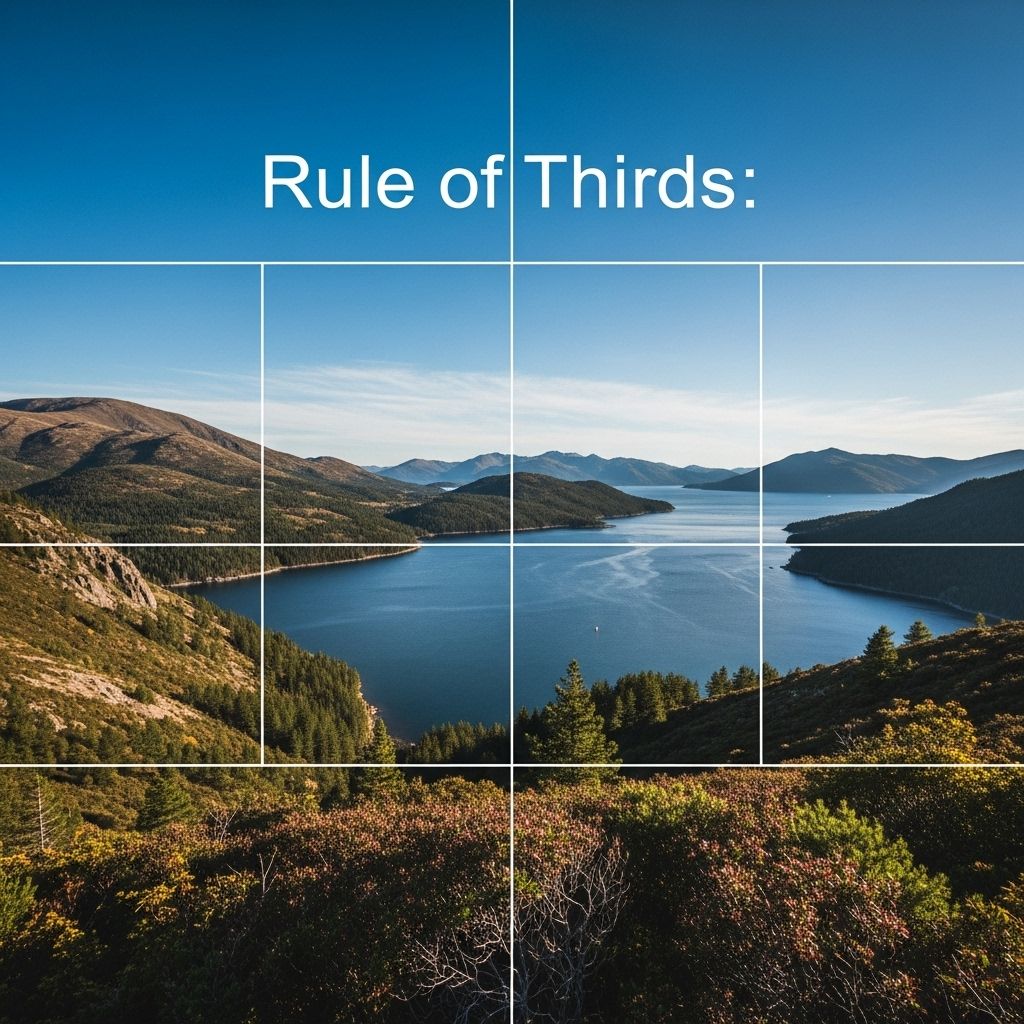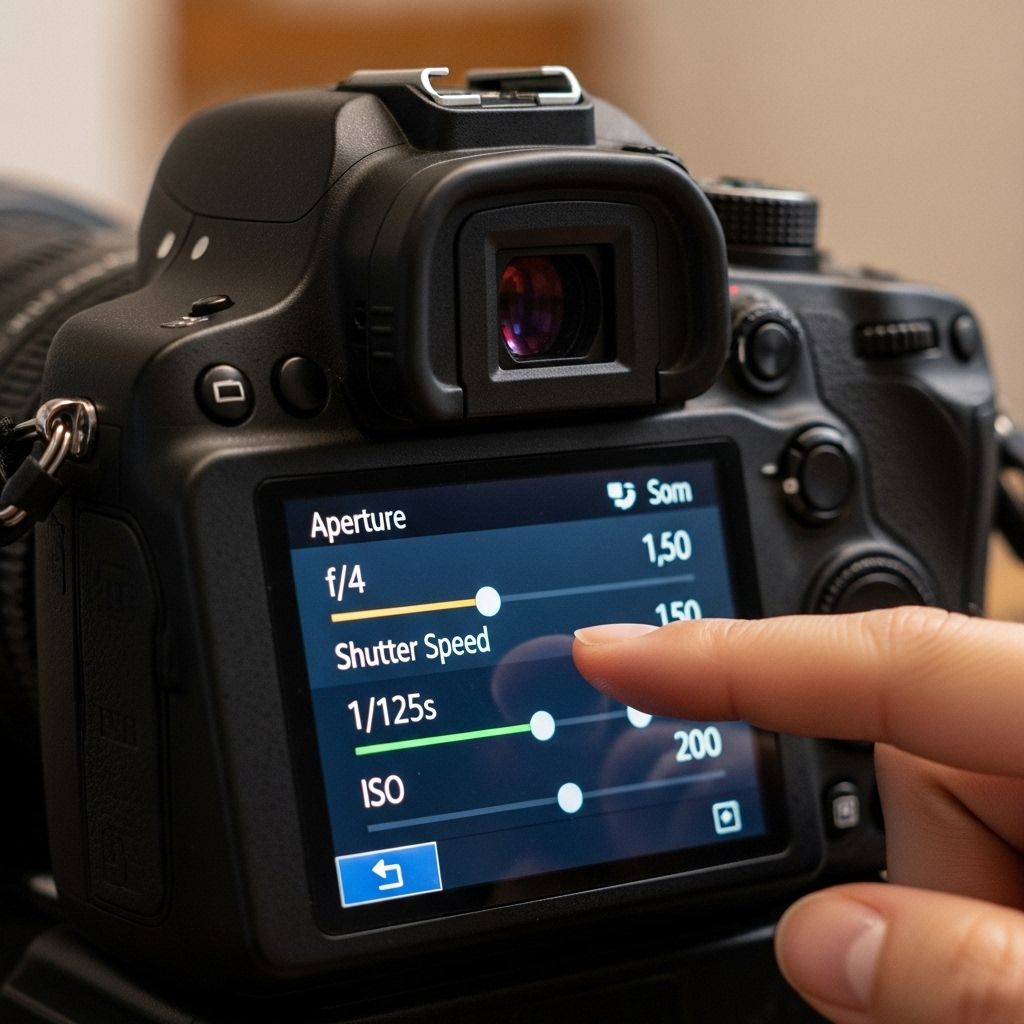Understanding the fundamentals of camera settings is essential for anyone looking to elevate their photography skills. Mastering these basics not only helps you take better photographs but also enhances your creative control over the images you capture. Whether you are a beginner or someone looking to brush up on your skills, this article will guide you through the essential camera settings and how to utilize them effectively.
Exposure Triangle
At the heart of photography lies the exposure triangle, which consists of three critical components: aperture, shutter speed, and ISO. Each of these elements plays a significant role in determining the exposure of your image and their interplay can dramatically affect the final result.
Aperture
Aperture refers to the size of the opening in your lens when a photo is taken. It is measured in f-stops, and it controls the amount of light that enters the camera. A lower f-stop number (e.g., f/1.8) means a larger opening, allowing more light in, while a higher f-stop number (e.g., f/16) means a smaller opening, allowing less light in.
- Wide Aperture (e.g., f/1.8, f/2.8): Ideal for portraits, creating a shallow depth of field that blurs the background.
- Narrow Aperture (e.g., f/11, f/16): Perfect for landscapes, increasing depth of field to keep more of the image in focus.
Shutter Speed
Shutter speed determines how long the camera’s shutter is open to expose light onto the sensor. It is measured in seconds or fractions of a second (e.g., 1/1000s, 1s). Faster shutter speeds freeze motion, while slower speeds can create motion blur.
| Shutter Speed | Effect |
|---|---|
| 1/1000s | Freezes fast-moving subjects |
| 1/60s | Good for general photography |
| 1/4s | Captures motion blur |
ISO
ISO measures your camera’s sensitivity to light. A lower ISO (e.g., 100 or 200) is ideal for bright conditions, while a higher ISO (e.g., 1600 or 3200) is useful in low-light situations. However, increasing the ISO can introduce noise into your images.
Understanding White Balance
White balance (WB) adjusts the temperature of your images, ensuring that colors appear natural under different lighting conditions. Each light source has a specific color temperature, which can affect how colors are rendered in your photos.
- Daylight: Suitable for shooting outdoors in sunny conditions.
- Tungsten: Compensates for warm indoor lighting, making it cooler.
- Fluorescent: Adjusts for the greenish light emitted by fluorescent bulbs.
- Cloudy: Adds warmth to compensate for cloudy weather.
Utilizing Composition Techniques
Composition is crucial in photography, as it influences how viewers perceive your images. Here are some key techniques:
Rule of Thirds
The rule of thirds involves dividing your frame into a 3×3 grid and placing your subject along these lines or at their intersections. This technique often leads to more balanced and engaging photos.
Leading Lines
Using natural lines within your scene to lead the viewer’s eye can enhance your composition. Roads, rivers, or pathways can serve as leading lines to direct attention to your subject.
Framing
Frame your subject using elements from the environment, such as branches or windows, to draw attention and add depth to your images.
Experimentation and Practice
To master camera settings, it is crucial to practice regularly. Here are some tips to get started:
- Set aside dedicated time: Schedule specific times for photography practice.
- Experiment: Try shooting in different lighting conditions and genres, such as portraits, landscapes, or street photography.
- Review your work: Analyze what worked and what didn’t to learn from each session.
Post-Processing Basics
Editing your photos can greatly enhance their quality. Familiarize yourself with simple post-processing techniques, such as:
- Adjusting exposure: Correct underexposed or overexposed images.
- Color correction: Fix color casts and enhance vibrancy.
- Cropping: Refine composition by removing distractions.
Final Thoughts
Mastering basic camera settings and understanding the fundamentals of photography can significantly improve your skills and creativity. By getting comfortable with the exposure triangle, white balance, and composition techniques, along with regular practice and post-processing, you pave the way to becoming a proficient photographer. So grab your camera, step out, and start capturing the world around you with newfound confidence!
FAQ
What are the basic camera settings I need to know?
The basic camera settings include ISO, aperture, and shutter speed. Understanding how to adjust these settings allows you to control exposure and achieve desired effects in your photography.
How does ISO affect my photos?
ISO determines the sensitivity of your camera’s sensor to light. A higher ISO allows you to shoot in low light conditions but can introduce noise, while a lower ISO is better for bright environments.
What is aperture and why is it important?
Aperture refers to the opening of your lens and controls how much light enters the camera. It also affects depth of field, allowing you to create background blur or keep everything in focus.
What role does shutter speed play in photography?
Shutter speed controls how long the camera’s sensor is exposed to light. A fast shutter speed can freeze motion, while a slow shutter speed can create motion blur, adding artistic effects to your images.
How do I balance ISO, aperture, and shutter speed for the best exposure?
Balancing these three settings is known as the exposure triangle. Adjusting one setting will require compensating with the others to achieve the desired exposure while maintaining the creative effect you want.




